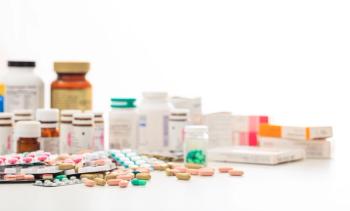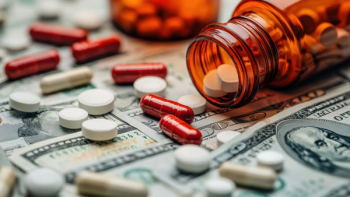
PBMs earn more than other actors in the pharma supply chain
Financial analysis shows PBMs’ greater conversion of profits to earnings
It’s not a top-to-bottom analysis of the entire business, but a report from financial analysts at AllianceBernstein, as detailed in the Feb. 24 Wall Street Journal’s
According to the article, PBMs generally show profit margins under 5%--good but not outstanding. But AllianceBernstein looked at the EBITDA (earnings before interest, taxes, depreciation and amortization) and the rate at which gross profit converts to EBITDA.
While drug distributors convert 45% of their gross profit to EBITDA, and insurers and pharmacies around 30%, PBMs convert 85%. And the reason for that is the relative lack of fixed assets, which in turn keeps depreciation and amortization low. PBMs, by and large, are a pure middleman function, but without the warehouses or stores of pharmacies and wholesalers.
This isn’t a revelation to anyone who understands how PBMs operate, although the near-doubling of the earnings/profit ratio might be. And while citing the potential challenge of employer consortia like the recently announced
Newsletter
Stay ahead in the life sciences industry with Pharmaceutical Commerce, the latest news, trends, and strategies in drug distribution, commercialization, and market access.





